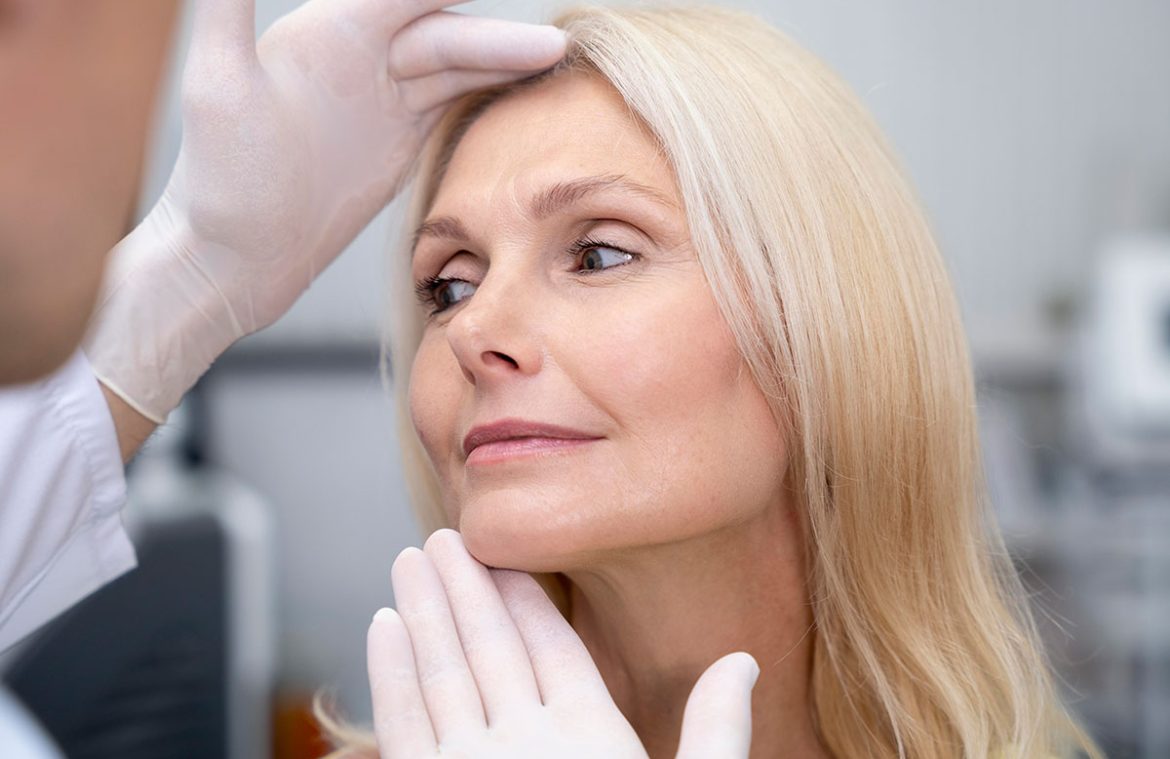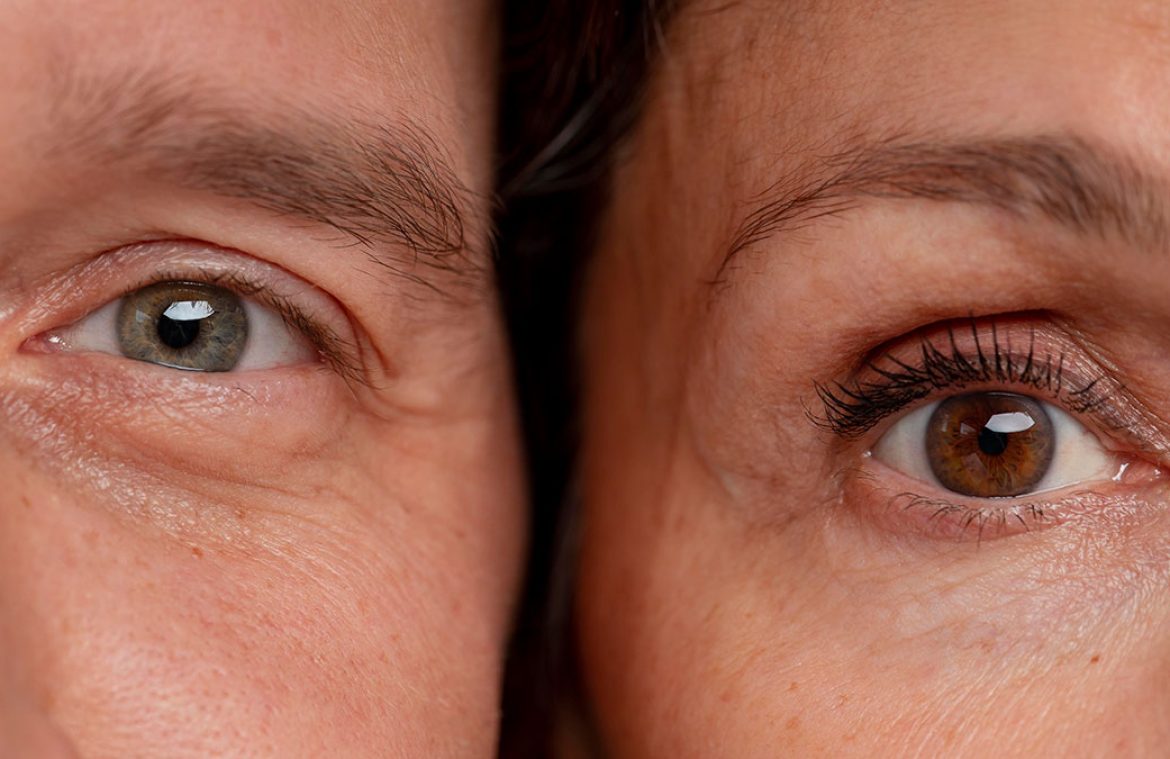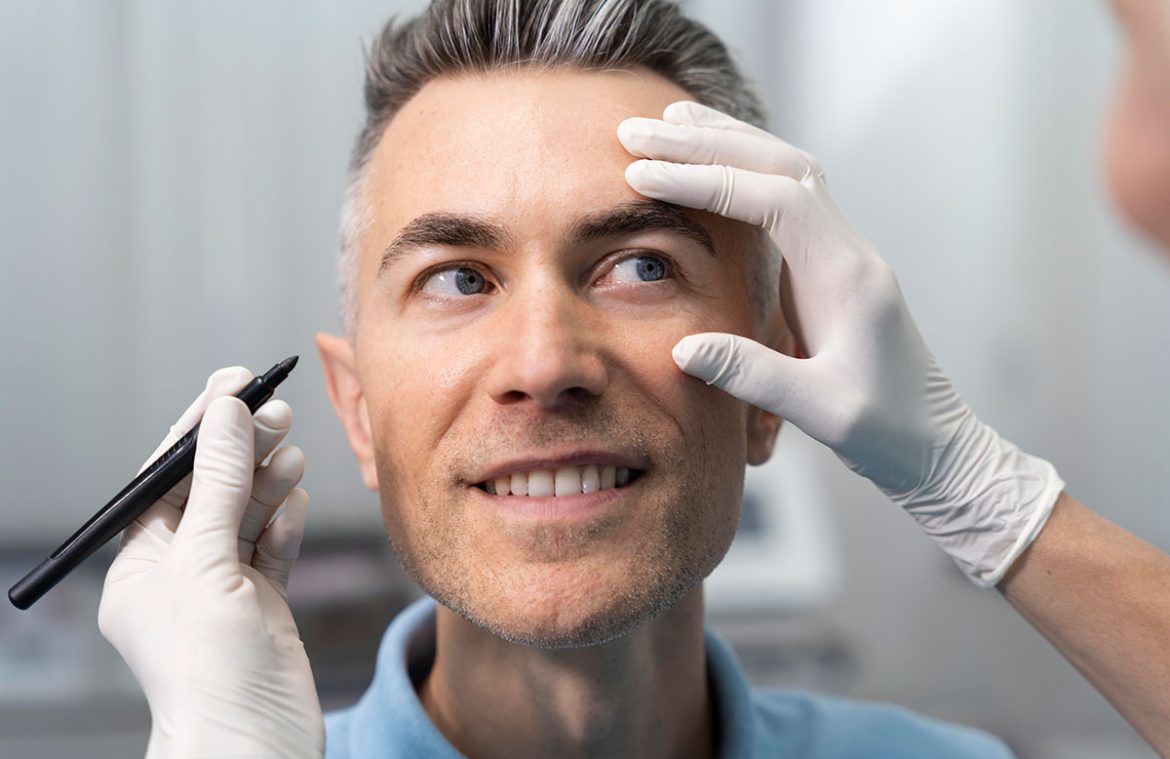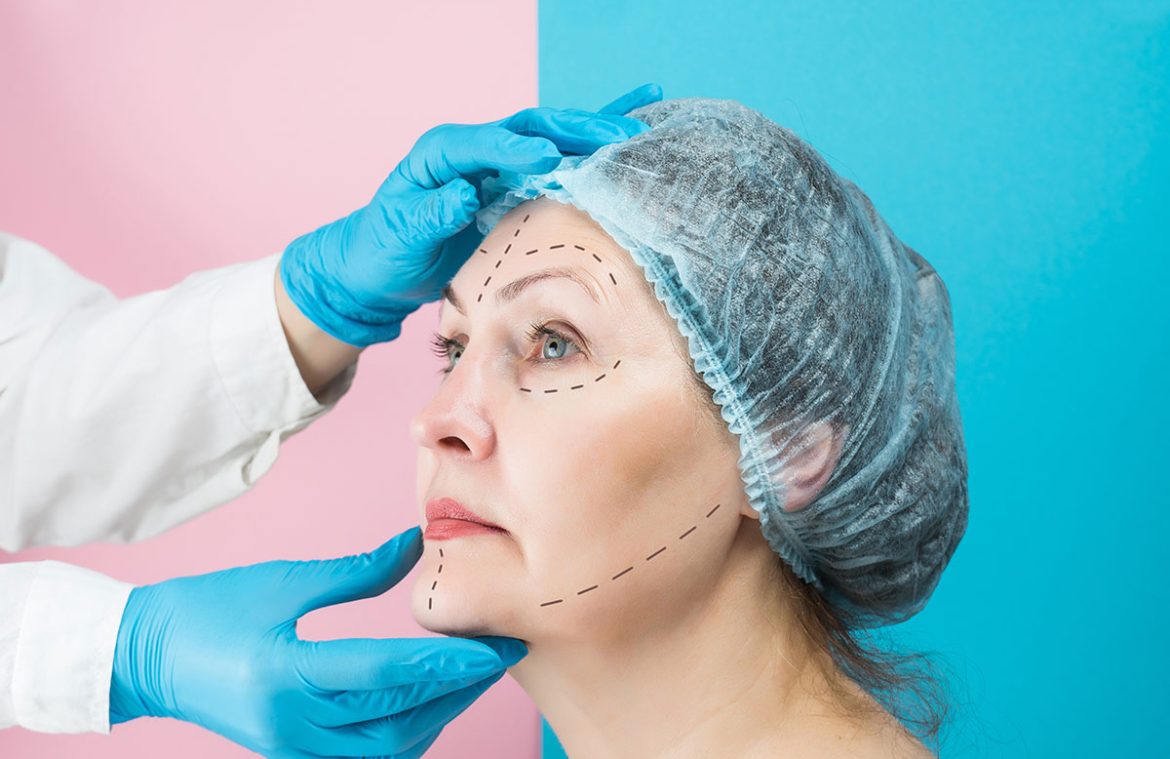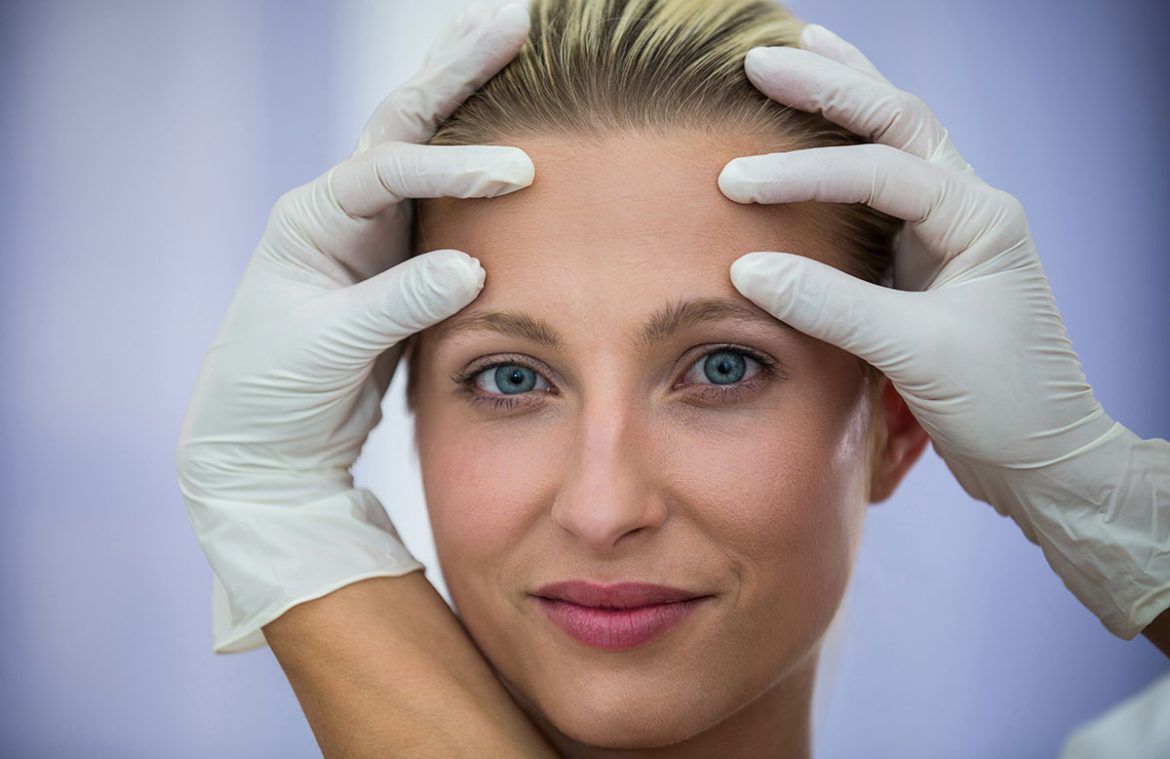Upper Blepharoplasty
Transconjunctival Blepharoplasty
Canthoplasty
Lower Blepharoplasty
Double Eyelid Surgery
FAQ
Learn the replies to the most common questions about blepharoplasty.
Blepharoplasty is a surgical procedure that aims to improve the appearance of the eyelids by removing excess skin, muscle, or fat from the upper and/or lower eyelids.
Good candidates for blepharoplasty are individuals who have droopy or sagging eyelids, excess skin around the eyes, puffiness or bags under the eyes, and those who are in good overall health.
People undergo blepharoplasty to address cosmetic concerns such as droopy or sagging eyelids, excess skin or fat deposits around the eyes, and to achieve a more youthful appearance.
Blepharoplasty is typically performed under local anesthesia with sedation or general anesthesia. Incisions are made along the natural creases of the eyelids, excess skin, muscle, and fat are removed, and the incisions are closed with sutures.
Recovery time varies for each individual but typically involves swelling, bruising, and discomfort around the eyes for the first few days. Patients may need to apply cold compresses, use prescribed ointments, and avoid strenuous activities during the initial recovery period.
As with any surgical procedure, there are risks associated with blepharoplasty, including infection, bleeding, scarring, dry eyes, temporary or permanent changes in eyelid sensation, and unsatisfactory cosmetic results.
The results of blepharoplasty can be long-lasting, but they may be affected by factors such as aging, sun exposure, and lifestyle habits. While blepharoplasty can provide a more youthful appearance to the eyes, it does not stop the natural aging process.

